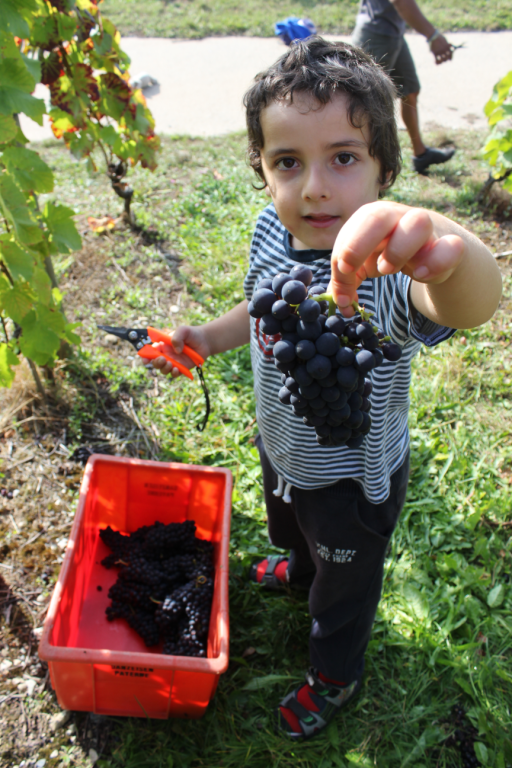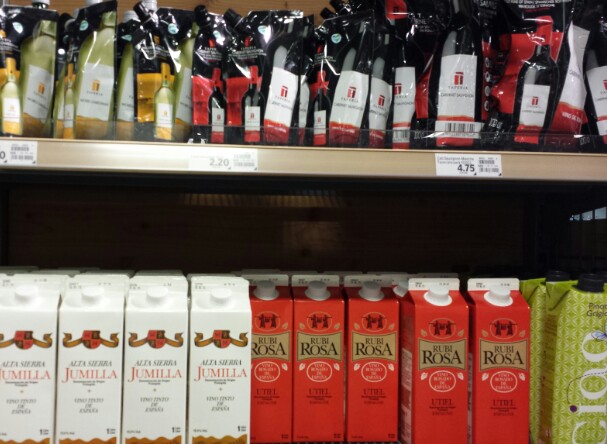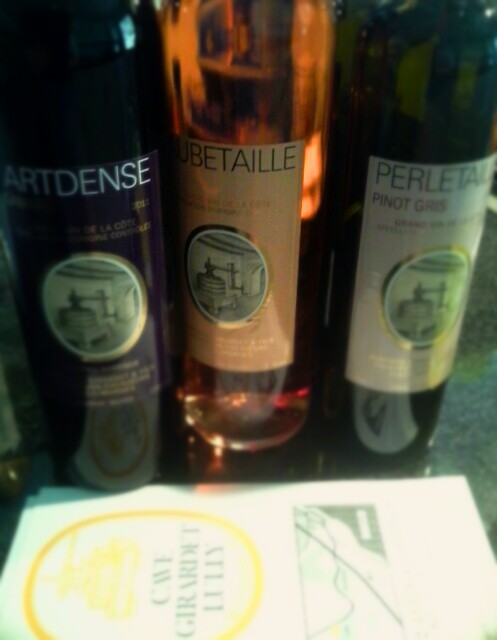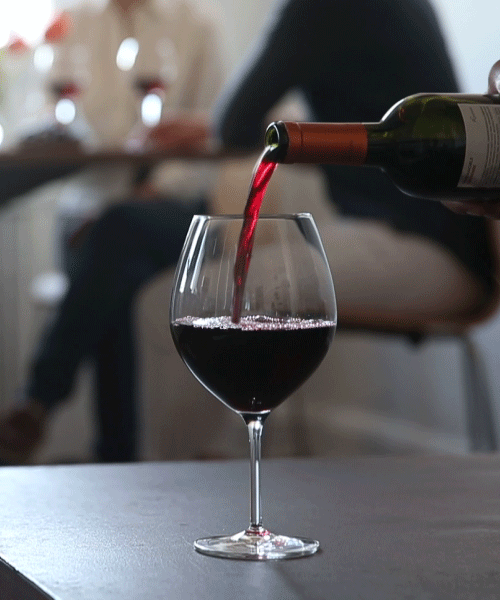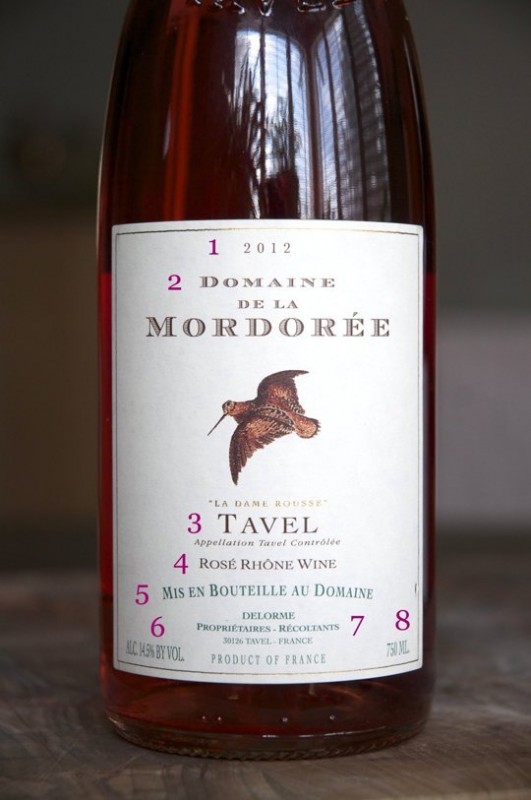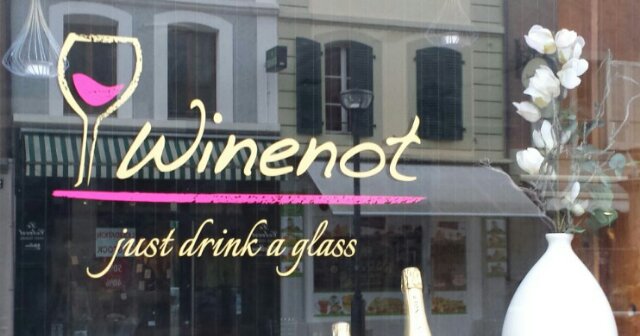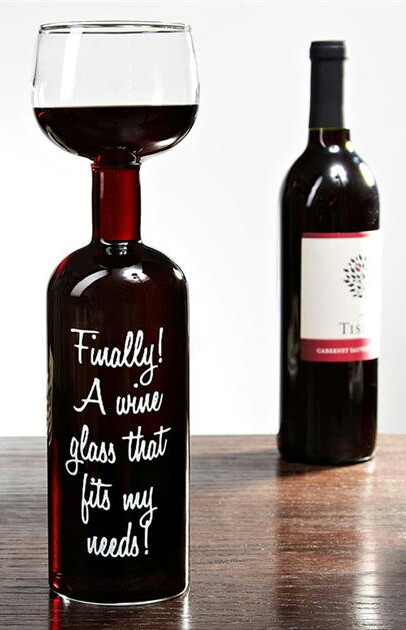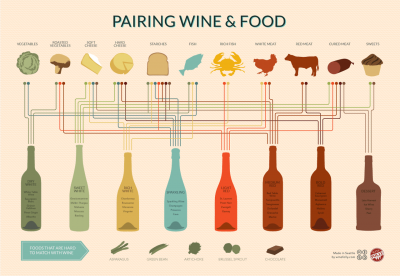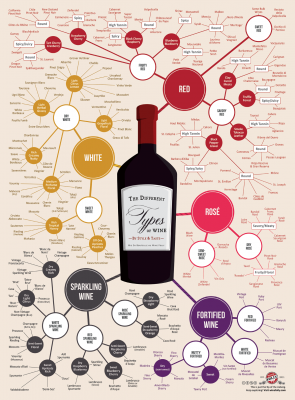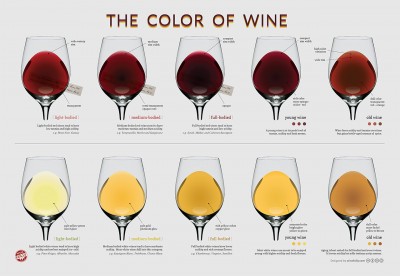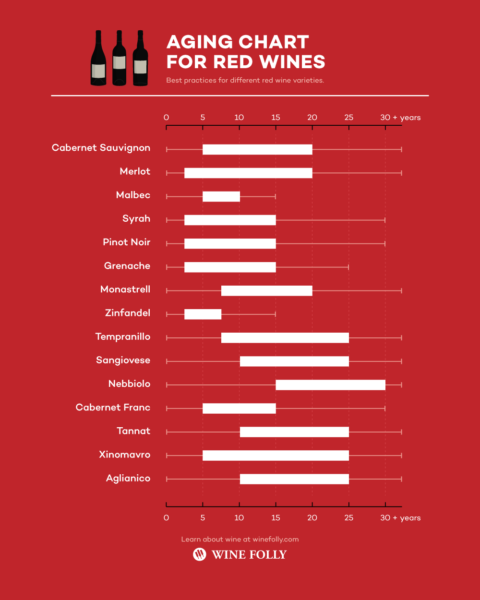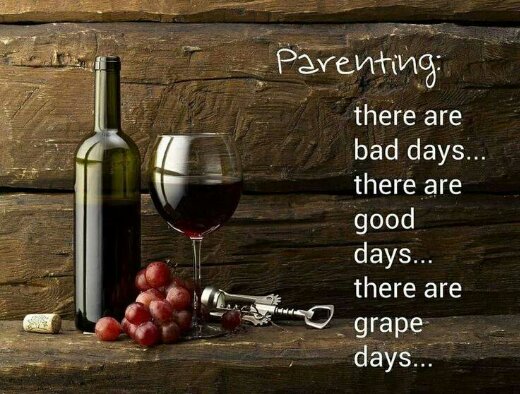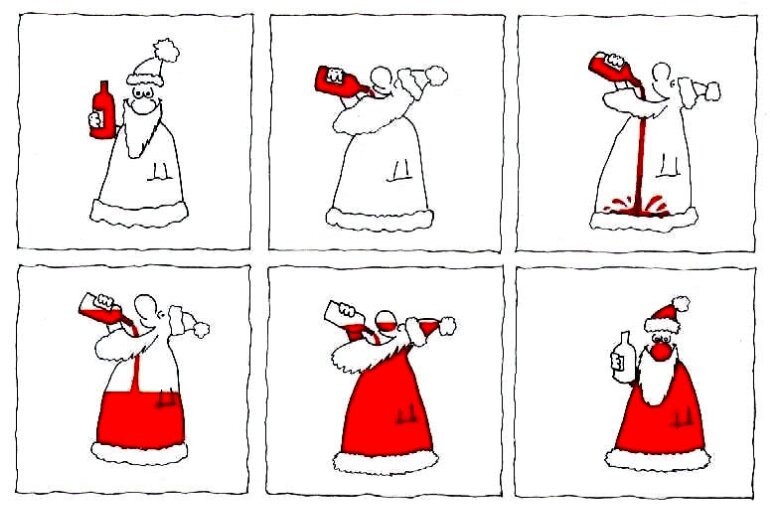Yesterday was the last day the oldies were in town. Bean and I took them to the airport this morning on the train. We did manage to give them a proper send-off though. Yesterday was the Vendanges at the Morges city vineyard. We took the little land train from the CGN dock, visited the vineyard itself, then spent an hour harvesting grapes. We had a lovely picnic on top of the hills, got thoroughly hammered on very good local wine, got some to take back home, then went back home and got ready to go see the girl. The weather was perfect for it and Bean thoroughly enjoyed himself! All in all, a perfect way to say thank you :)
https://www.flubu.com/blog/pictures/vendanges_morges_sep_2014/
